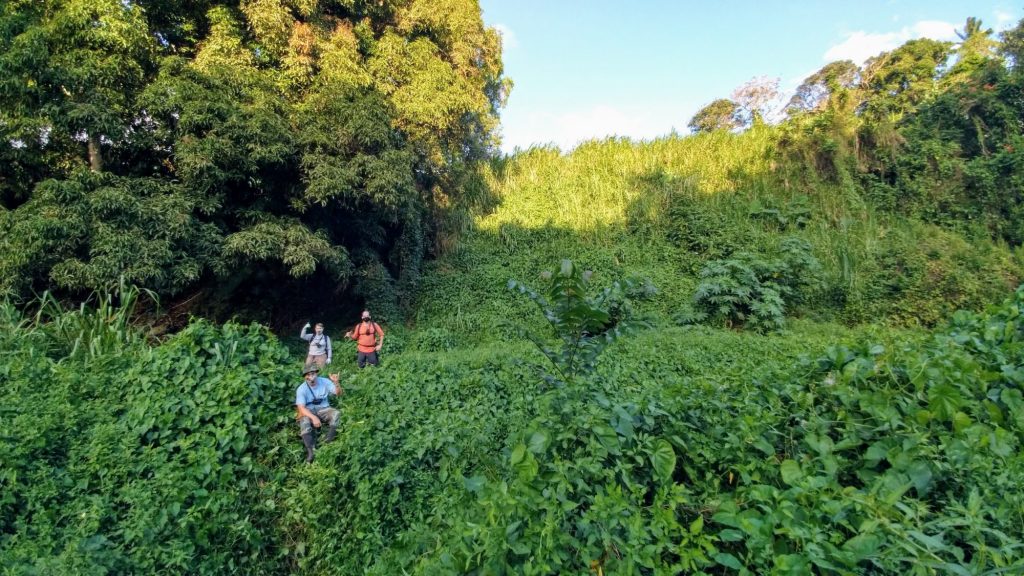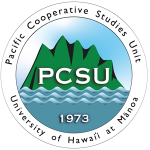
The Piʻiholo and Hāna based plant crews are prioritizing plant control work in remote locations accessible by ground while remote camping trips accessible only by helicopter remain suspended. Areas that plant control crew are surveying include the upcountry/front country of Haleakalā, Pu’u o Kali, and the Hāna Highway corridor.
The American Conservation Experience (ACE) interns working in Hāna ceased operations as a precaution once national, state, and local shutdowns began. They plan to return to keep working on miconia control in and around the Hāna Highway once it is safe to do so.








